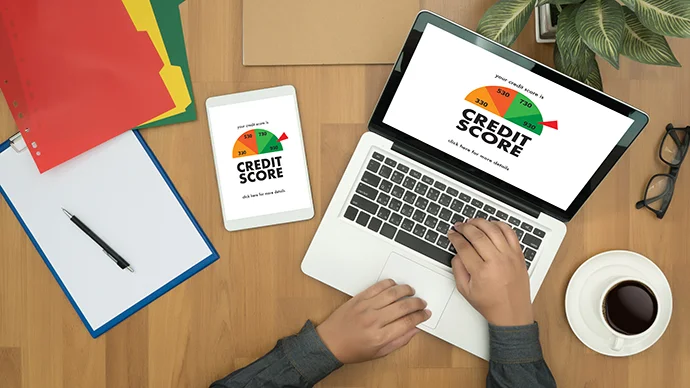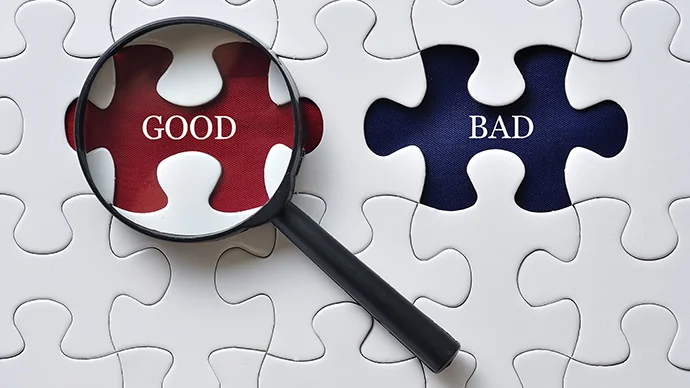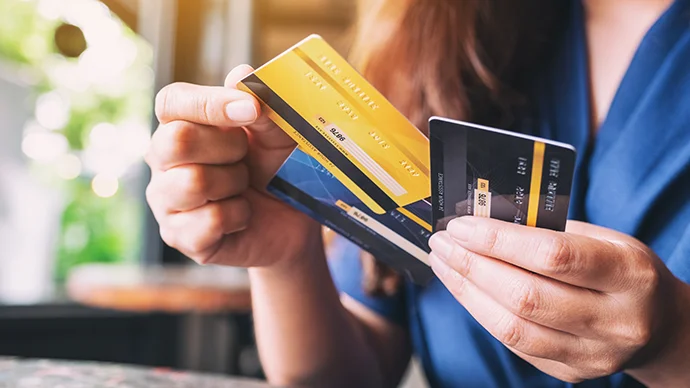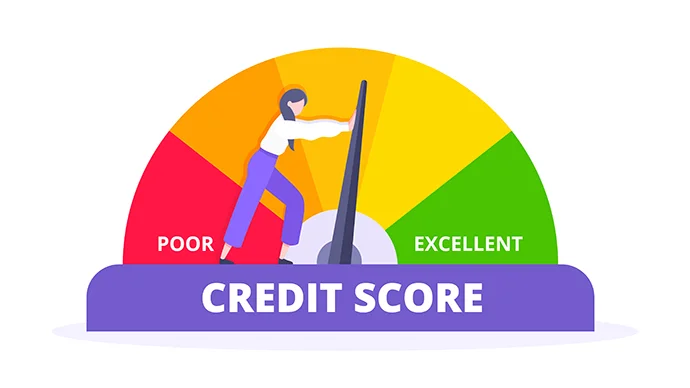
A healthy savings account is your best defense against life’s curve balls. But sometimes setting aside some money every paycheck isn’t enough—particularly when you’re just starting out in life.
A good credit score can be an additional safety net, providing you access to low-interest credit options that can help cover any expenses your emergency savings can’t. Here are your options:
- Credit cards Can be useful for relatively small emergencies. Of course, this requires that you haven’t maxed out your credit card on espresso and concert tickets. Keeping a decent chunk of your spending limit available will not only offer you a good lifeline, but can also boost your credit score. Plus, a good credit score can earn you the best rates.
- Signature loans Also called personal loans, they can be used for making purchases like car repairs or for doing projects like updating your kitchen. Signature loans are good for moderate-sized projects.
- Car equity loan Did you know that if you have paid off your car, or if you owe less than its worth, you can often take out a loan against your equity? If your car is newer than 10 years old, these loans usually offer significantly lower rates than signature loans or credit cards. Just keep in mind that you no longer own the car outright—you will have to pay off the loan if you decide to sell your car.
- Home Equity Loan If you own your own home and have available equity in it (again, you owe less than your home is worth) you can take out a home equity loan. This is a one-time lump sum loan, usually of a sizeable amount. This can be good for big projects, like remodels, additions, building a shop, or paying off your other higher-rate debt.
- Home Equity Line of Credit These are much like a home-equity loan, except instead of taking out one big lump sum, you can use the line of credit like a credit card. You can make purchases, pay the balance down, and make new purchases. This is great for regular projects or sizeable emergencies.
Your lender might be able to offer you other options, but these are the main tools you can use to build a safety net. Even better—by using your available credit options, making payments on time, and paying things off, you are continuing to build your credit score.
Source: cuna.org
Related Articles

Good Debt/Bad Debt
Not all debt is necessarily bad, particularly when it can help you build wealth. It’s important to know the difference and how to sort the good from the bad.

Manage Your Credit Cards Better
U.S. consumers are once again increasing their collective credit card debt, which now exceeds $1 trillion.Here's some advice for controlling credit card use.

How to Establish a Credit History
Establishing a good credit record can be difficult for anyone without a credit history. Here are the steps to help you build credit and maintain a good credit score.